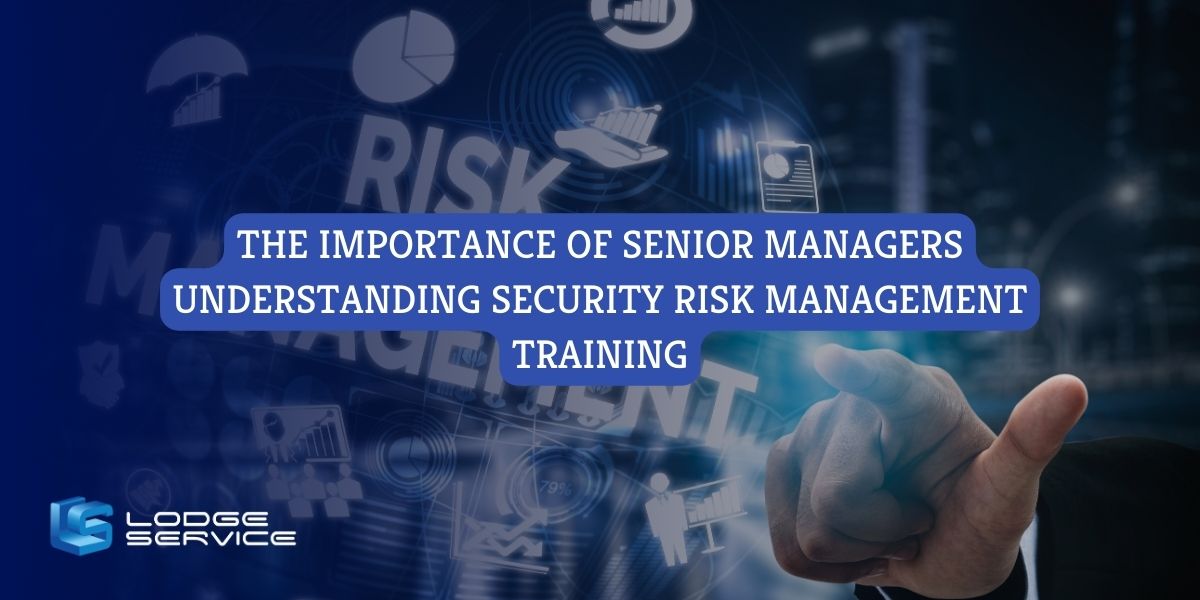The Importance of Comprehending the Value of Risk Management in Different Industries
The Core Concept of Risk Management and Its Objective
Risk Management, the cornerstone of lots of sectors, pivots on the recognition, evaluation, and reduction of unpredictabilities in a company environment. By appropriately recognizing potential dangers, companies can develop approaches to either avoid these threats from happening or reduce their influence. As soon as risks have actually been identified and examined, the mitigation process involves creating approaches to reduce their possible impact.
Benefits of Applying Risk Management in Service Operations

Unveiling the Function of Risk Management in Different Industries
While every sector confronts its special set of risks, the application of Risk Management methods continues to be an usual denominator in their search of sustainability and development. In the medical care sector, Risk Management involves guaranteeing client safety and information security, while in money, it includes mitigating investment risks and guaranteeing regulative conformity (importance of risk management). Building and construction business concentrate on worker security, project hold-ups, and spending plan overruns. In the innovation field, firms mitigate cybersecurity dangers and innovation obsolescence. Eventually, the function of Risk Management across markets is to recognize, examine, and mitigate risks. It is a necessary part of critical preparation, enabling organizations to shield their possessions, optimize opportunities, and accomplish their goals.
Real-life Situation Research Studies Demonstrating Effective Risk Management
To recognize the importance of Risk Management in these lots of industries, one can seek to several real-life circumstances why not check here that show the effective application of these steps. In the energy market, British Petroleum established Risk mitigation intends post the 2010 Gulf of Mexico oil spill. They applied better safety and security treatments and more stringent guidelines which considerably decreased further crashes. In money, Goldman Sachs efficiently navigated the 2008 monetary situation by identifying possible mortgage-backed safety and securities threats early. Finally, Toyota, post the 2011 earthquake in Japan, revised its supply chain Management to reduce disturbance risks. These situations show just how sectors, picking up from crises, properly applied Risk Management techniques to minimize future risks.
Future Trends and Developments in Risk Management Techniques
As the globe continues to develop, so too do the fads and advancements in Risk Management techniques. Quick innovations in technology and information analytics are reshaping the Risk landscape. Big information and AI are Learn More Here now crucial in forecasting and minimizing threats. Organizations are leveraging these tools to construct predictive designs and make data-driven choices. Cybersecurity, when a peripheral worry, has catapulted to the center of Risk Management, with approaches focusing on detection, feedback, and avoidance. The integration of ESG (Environmental, Social, Governance) elements into Risk Management is another growing my link trend, mirroring the increasing recognition of the duty that environmental and social risks play in company sustainability. Hence, the future of Risk Management exists in the blend of sophisticated modern technology, cutting-edge methods, and an alternative technique.
Final thought
In verdict, understanding the value of Risk Management throughout a spectrum of markets is vital for their durability and success. Inevitably, successful Risk Management contributes to much more durable and lasting services, highlighting the significance of this method in today's vibrant and very competitive company atmosphere.
While every industry confronts its unique set of threats, the implementation of Risk Management methods continues to be an usual in their quest of sustainability and growth. In the health care field, Risk Management entails ensuring client security and information protection, while in money, it entails mitigating financial investment threats and making certain regulatory conformity. Inevitably, the duty of Risk Management throughout markets is to identify, assess, and alleviate risks. These cases show exactly how industries, finding out from situations, effectively used Risk Management approaches to lower future risks.
